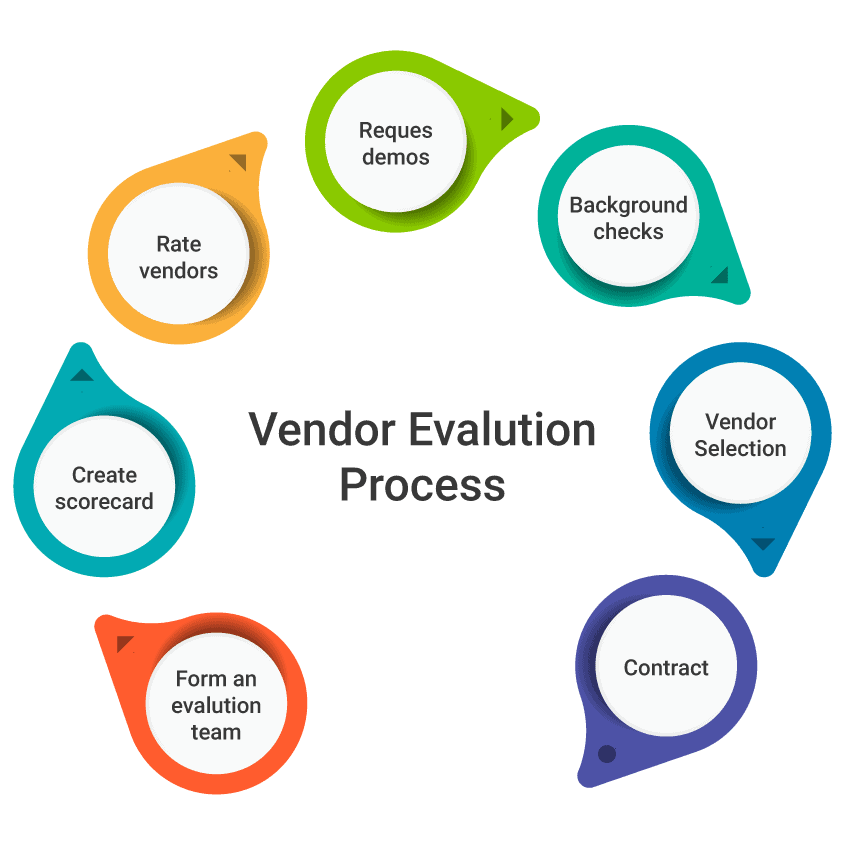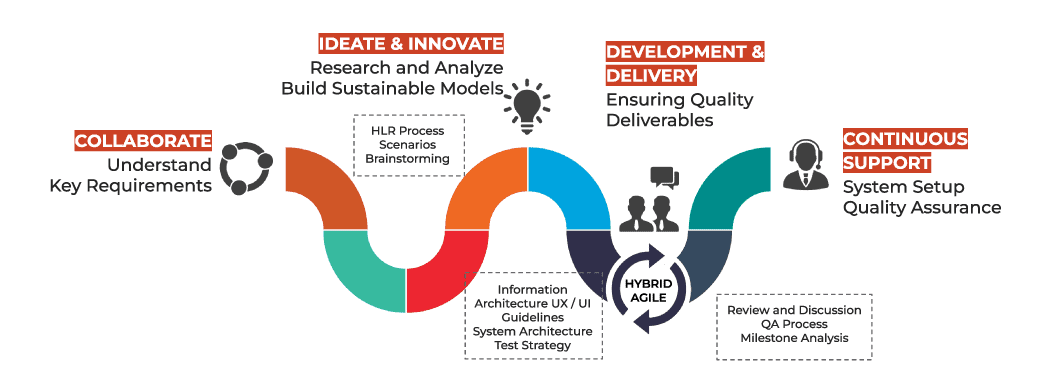Submit a request for proposal (RFP)
Vendor Proposal Submission
Are you looking for a technology partner to help you drive business excellence and unique customer experiences with new-age digital tools? Connect with our experts today to preview the enterprising opportunities.
Share your RFP, RFI, RFQ, ITB, ITT, and other project requirements with us using our submission form.





























 US
US Insurance
Insurance









































